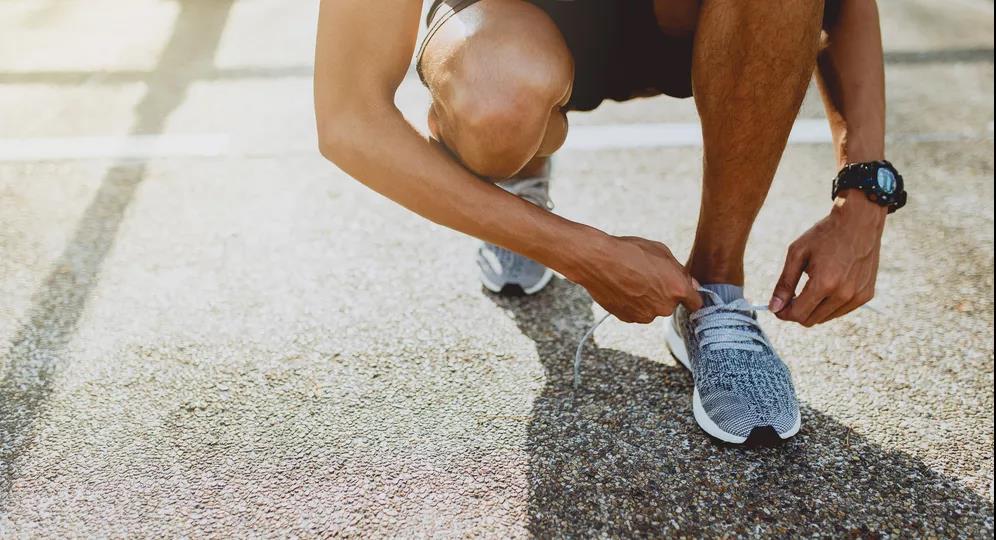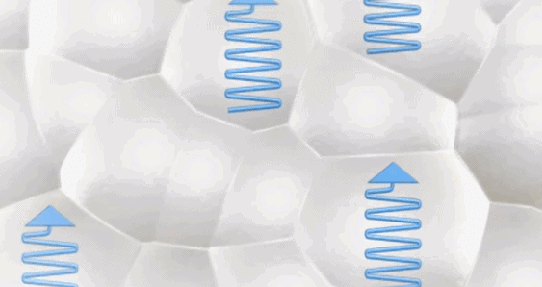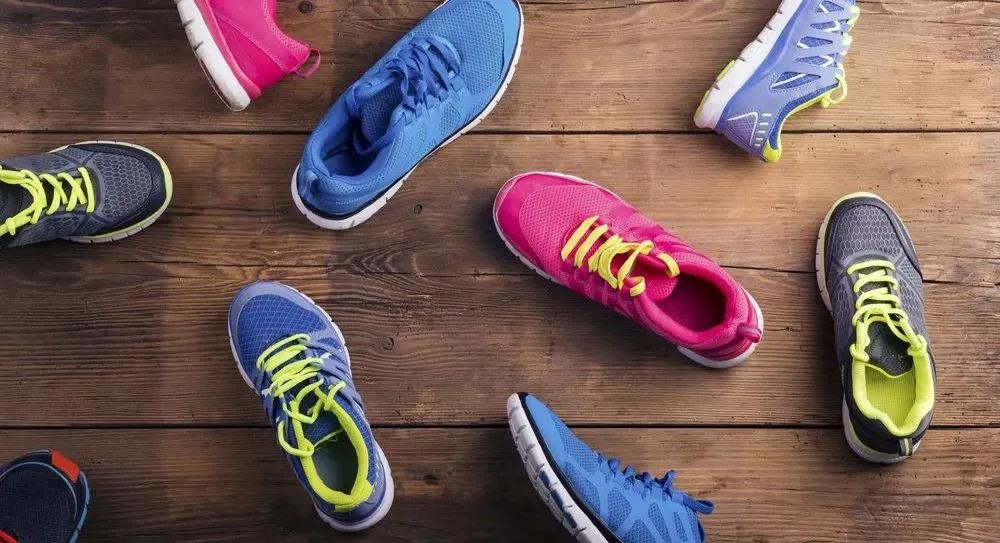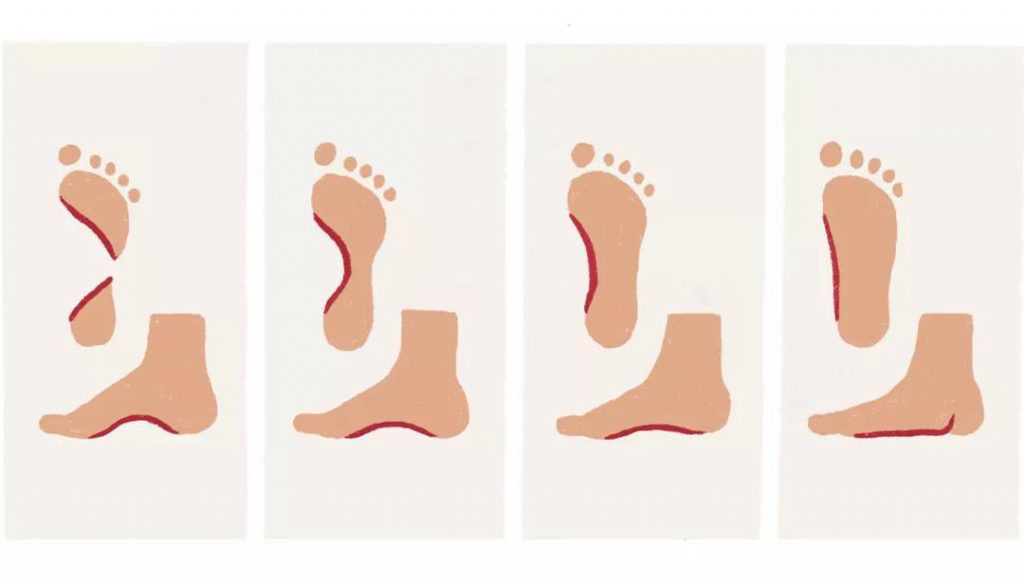
Spring is beginning, and many friends have put sports on the agenda.
Running is the choice of many people.
But when buying running shoes, many people like to buy big sports brands blindly, just choose a pair that is good-looking and light.
But in fact, many of the shelves are “sports casual shoes”, not all of them are produced for sports. There are also explosive daddy shoes, which pay more attention to the design. Wearing sports may cause great damage to the body.
In fact, buying running shoes is very particular. If you buy the wrong shoes, you can hurt your body easily.
Today we will sort out the 5 pits that are easiest to step on when buying running shoes, avoid them.
Misunderstanding 1: Buy running shoes, the lighter the better
Usually a single running shoe weighing less than 250 grams can be considered “ultra-light”.
In order to achieve “ultra-light”, protection and support are generally sacrificed to make shoes lighter, which is very unfriendly to non-professional athletes.

Professional runners can protect their knees and ankles because of their strong muscle strength. Wearing ultra-light running shoes can help improve speed.
But for entry-level runners, without sufficient core strength, running shoes are needed to provide more protection, and a pair of running shoes with cushioning design and stable support structure are needed.
Especially for heavy-weight runners (over 80 kg), it is not recommended to buy these extremely lightweight running shoes, but should pay more attention to the protection.
Misunderstanding 2: The softer the sole, the better
When buying running shoes, don’t blindly pursue the “feeling of stepping on shit.”
In recent years, people often use “feeling on shit” to describe the softness and comfort of shoes, but the soles of running shoes are not as soft as possible. Shoes with “feeling on shit” are more suitable for walking.
When measuring the quality of a pair of running shoes, there is an important performance index-“energy feedback.” To put it simply, when you step on it, it not only provides cushioning, but also gives rebound force, just like a spring, making you run more easily.
If the bottom of the running shoe is too soft, it will collapse like stepping on a sponge, and it will not rebound well, and running will be more tired.

In addition, running shoes that are too soft generally have poor stability, and the soles are prone to uneven forces and damage to the feet.
Imagine, walking on the soft sponge, is it fearful of falling every step, scared every step of the way?
Therefore, it is recommended that when buying running shoes, it is best to wear a few steps back and forth.
If you can feel the cushioning when running, you can feel the rebound after stepping on it, and you can wear it steadily without shaking from side to side, the hardness of this pair of shoes is relatively moderate.
Misunderstanding 3: Buying running shoes and not paying attention to increasing shoe size
When buying running shoes, it is recommended to buy half a size larger than normal casual shoes; if it has a wide sole or a high instep, it is best to be one size larger.
Because in the process of running, the feet will become congested and enlarged due to strenuous exercise, the longer the distance you run, the more obvious.
If you wear suitable shoes at ordinary times, you may feel a little squeezed in the later stages of running.
Being in such discomfort for a long time may cause a series of problems such as nail loss/blackening, foot pain and so on.
Running shoes are not worn properly, and they are prone to various injuries.
Misunderstanding 4: Every time you run, only wear your favorite pair
It’s best to change your running shoes instead of wearing one pair all the time.
Running is a highly mechanically repetitive exercise. If you wear the same pair of running shoes every time, the worn parts may be the same. Especially for first runners who are not correct in running posture, this will also increase the risk of injury.

In addition, running shoes also have a life span, generally between 600 and 800 kilometers. If you step on a pair for a long time, it is easy to reduce the life span of running shoes.
Therefore, after a long-distance running, it is recommended that you wear it again at intervals to give it a recovery period.
Misunderstanding 5: Choose running shoes, do not match according to the arch situation
Our arches are divided into four categories: high arches, normal feet, low arches and flat feet.
We should match our running shoes according to our arch conditions, otherwise it will not only be more prone to fatigue, but also increase the risk of injury.

At present, the common running shoes on the market are divided into two categories: support/stability running shoes; cushioning/shock absorption running shoes.
For people with low arches and flat feet, it is recommended to choose support/stability running shoes. It can support the arch of the foot and correct excessive internal rotation when landing.
For people with high arches, choose running shoes with cushioning/shock absorption. This type of foot has a poor ability to absorb impact when landing, so it is recommended to choose cushioning running shoes, which can better share the pressure on the foot when running.
For normal feet, you can choose the above two types of running shoes. When running, you can choose cushioning running shoes to protect your joints and reduce stress.
When running for a long distance, it is easy to deform the movement due to core strength consumption, so it is recommended to wear stable support running shoes.
The classification information of running shoes is usually indicated on the product details page or on the outer packaging. If you do not find it, you can ask the shopping guide or customer service.
Comments